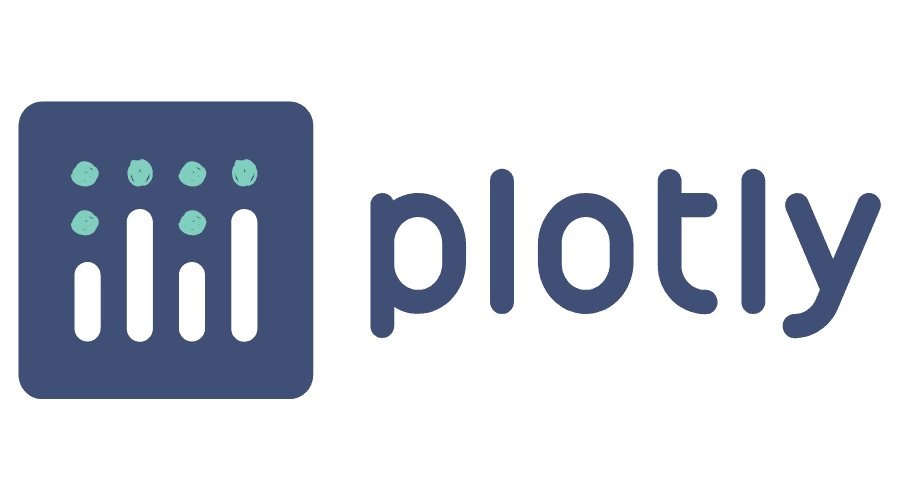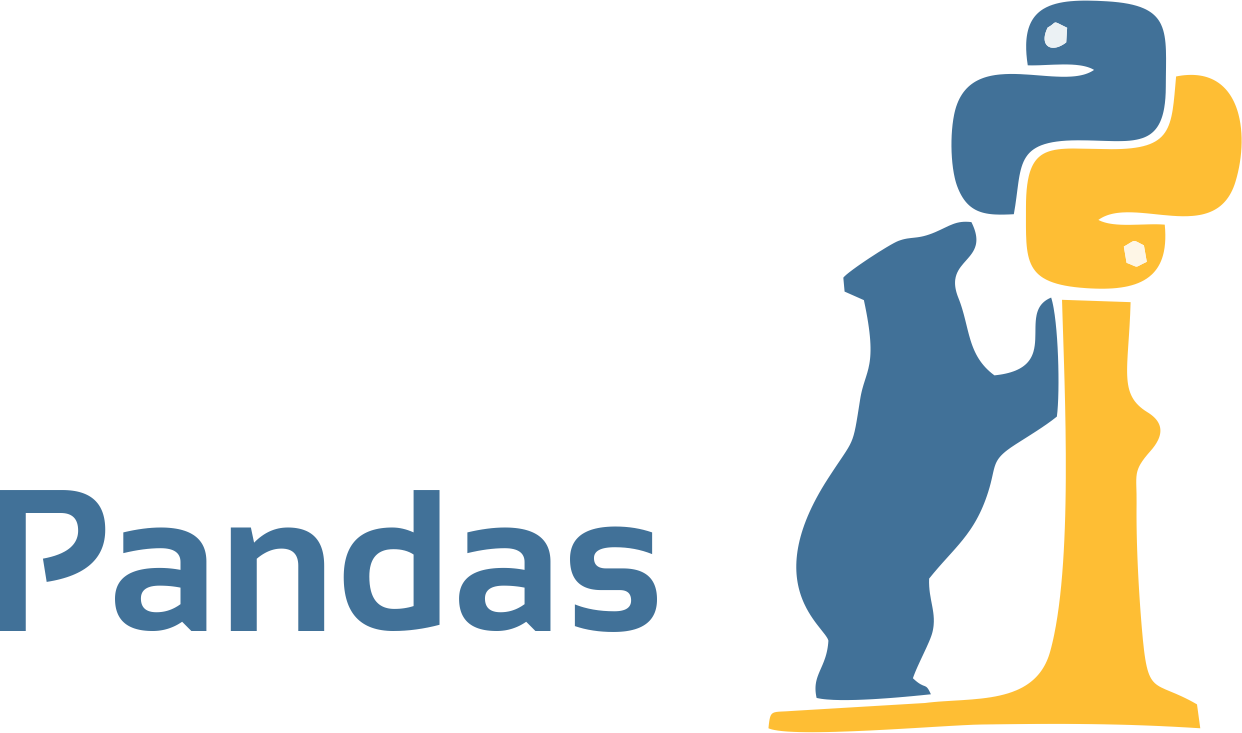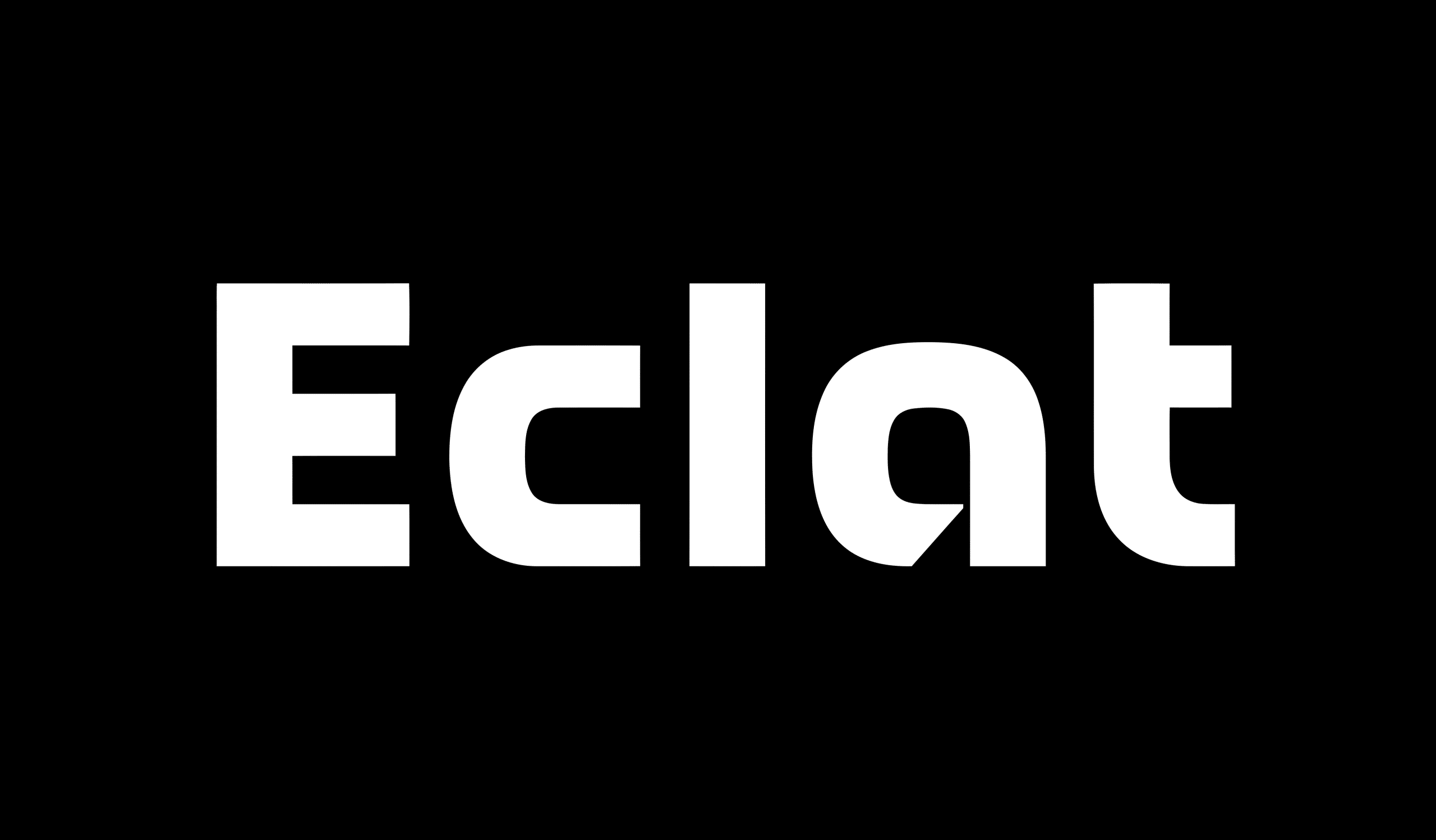Optimizing Sales for a Boutique Clothing Retailer through Market Basket Analysis
Project Overview
The objective of this project is to optimize sales and product placement for a boutique clothing retailer using Market Basket Analysis (MBA). By analyzing customers' purchase histories, we aim to uncover patterns in buying behavior, helping the retailer better understand which items are frequently purchased together. This insight will inform decisions on store layout, marketing, and promotional strategies.
Objectives
- Item Category Clustering: Identify clusters of item categories that are frequently purchased together, enabling the store to optimize the physical placement of these items for better cross-selling opportunities.
- Customer Insights:
- Popular Item Categories: Determine the most popular product categories in the store.
- Customer Loyalty: Identify which customers have bought the largest number of items, aiding in customer retention efforts through personalized loyalty programs.
- Distribution of Basket Sizes: Analyze the distribution of basket sizes to gain insight into typical customer purchasing behavior and guide promotional strategies for increasing basket size.
- Customer-Specific Insights: Identify the top customers for each item category, allowing the retailer to potentially interview them for qualitative insights on their purchasing decisions.
Methodology
- Data Analysis: Using transactional data from the retailer's sales history, we perform data preprocessing to ensure the data is ready for analysis.
- Association Rule Learning: Apply Market Basket Analysis techniques (e.g., Apriori Algorithm) to generate association rules. Key metrics include:
- Support: Frequency of co-purchase of item categories.
- Confidence & Lift: Strength of the relationship between different product categories.
- Clustering Techniques: Group item categories that have a high likelihood of being bought together into clusters, helping inform product placement decisions.
Key Findings
- Most Popular Item Categories
- Top Customer Profiles
- Basket Size Insights
Expected Outcomes
- Enhanced Store Layout: Item categories frequently purchased together will be placed in proximity, improving customer experience and increasing the likelihood of additional purchases.
- Personalized Marketing: The retailer can offer targeted promotions and personalized offers to their most loyal customers based on purchase patterns.
- Increased Sales: By encouraging customers to buy complementary products, the retailer can expect to see a boost in average basket size and overall sales.
Future Opportunities
The next steps could include the development of dynamic pricing models based on customer buying patterns, customer segmentation for personalized marketing, and expanding the analysis to include seasonal trends and product lifecycles.






